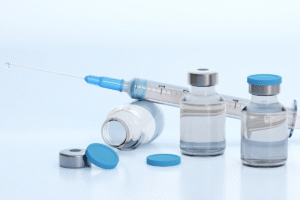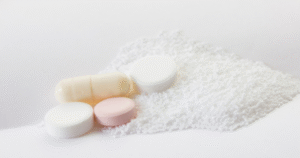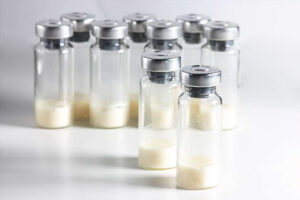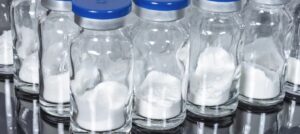Most people don’t think twice about what’s inside a tiny vial of medication. Maybe it’s a vaccine, maybe a life-saving injection—but what’s remarkable is that, in many cases, the substance inside isn’t liquid at all. It’s a dry, powdery form of the original drug, brought to you courtesy of lyophilization. And in the world of medicine, this technique isn’t just convenient—it’s often essential.

So why freeze-dry a drug in the first place?
The answer comes down to stability. Many medications, especially biological ones like vaccines or protein-based drugs, are incredibly sensitive to heat, moisture, and time. Without proper storage, they can break down, losing their potency—or worse, becoming unsafe. Lyophilization solves this problem by carefully removing water without damaging the structure of the compound. This makes the drug far more
stable, allowing it to last much longer without refrigeration.

This matters more than most people realize. Think about global vaccination programs. In rural clinics or developing regions, electricity can be unreliable—or absent altogether. If a vaccine needs to stay cold at all times, getting it to these areas becomes a logistical nightmare. But if it’s freeze-dried? Suddenly, that same vaccine can be shipped in bulk, stored at room temperature, and reconstituted with sterile water just before use. No cold chain, no spoilage, no waste.
Lyophilized medicines are also easier to ship, especially during emergencies. Lighter, compact packaging means more doses can be transported in one shipment—crucial during natural disasters or disease outbreaks. The COVID-19 pandemic highlighted this on a massive scale, with manufacturers racing to stabilize formulations that could survive global distribution.

Beyond vaccines, freeze-drying is widely used for antibiotics, injectable drugs, and even some cancer treatments. Hospitals often stock lyophilized medications because they can sit safely on shelves for months or years until they’re needed. That readiness saves lives in time-critical situations.
Even in research and development, lyophilization plays a key role. Scientists use it to preserve fragile samples and experimental drugs during clinical trials. Without it, much of the progress we’ve made in biotechnology wouldn’t be possible.

Of course, preparing a drug for lyophilization isn’t as simple as sticking it in a freezer. The formulation must be carefully designed to withstand the process. But the payoff is worth it—especially when you consider the lives these medicines touch around the world.
In short, while freeze-drying might seem like a niche technical process, it’s deeply embedded in the way we deliver healthcare today. It’s not flashy. It rarely makes headlines. But quietly and reliably, lyophilization keeps essential medicines viable, accessible, and ready—wherever and whenever they’re needed most.